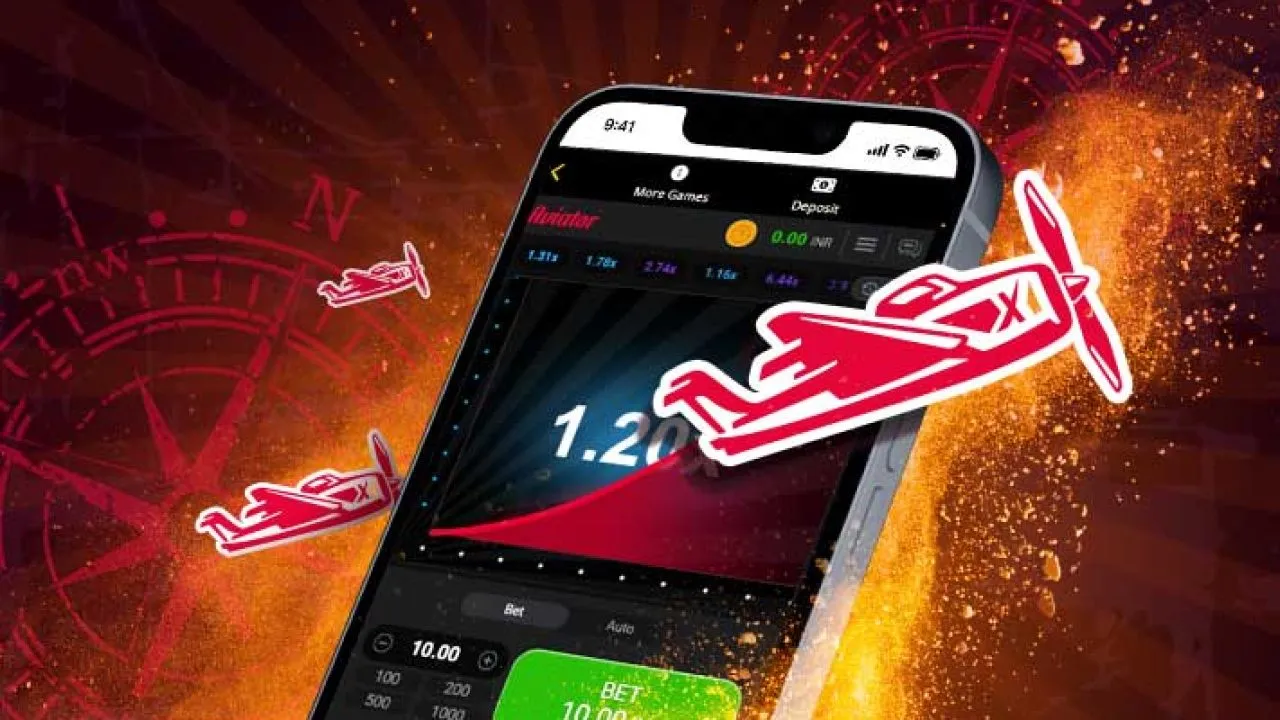Introduction
The gaming world has always been at the forefront of innovation, evolving rapidly from pixelated arcades to hyper-realistic open worlds. Today, another monumental shift is underway—Web3 gaming. At the core of this revolution lies the fusion of blockchain technology, NFTs, and decentralized ecosystems that are reshaping not only how we play but how gaming content is created, shared, and monetized.
In this blog, we’ll explore the intersection of Web3 and gaming content, what it means for developers, players, and content creators, and why this movement is more than just a trend—it’s the future.
What is Web3 Gaming?
Before diving into the content side, let’s define Web3 gaming. Unlike traditional games hosted on centralized servers and controlled by single entities (Web2), Web3 games are built on decentralized networks, often using blockchains like Ethereum, Solana, or Polygon.
Key features include:
- True digital ownership of in-game assets via NFTs
- Interoperability between games and platforms
- Play-to-Earn (P2E) or Play-and-Own mechanics
- Community governance through DAOs and tokens
This decentralized foundation gives players more control over their gaming experience, and it drastically alters how content is developed, shared, and valued.
The Rise of Gaming Content in Web3
1. Decentralized Content Creation
In Web2, game content is typically created by the studio or through controlled modding tools. In Web3, this is shifting. Platforms like The Sandbox and Decentraland let users build and monetize entire experiences—games, environments, and even virtual businesses—on blockchain infrastructure.
Web3 empowers:
- Community-built assets (skins, levels, avatars)
- Token-gated content where access is restricted by holding specific NFTs
- Player-driven economies where users set the value of items and content
This opens a new frontier for indie developers and creators to publish gaming content without middlemen.
2. NFTs: Content with Real Value
In traditional games, purchasing a skin or item means you “rent” it under strict terms. In Web3, those items are NFTs—unique digital assets that live on the blockchain.
This creates several SEO-relevant trends:
- NFT game assets as investment vehicles
- Secondary markets for player-generated content
- Content rarity and verifiability via smart contracts
More importantly, ownership enables trading, reselling, or using the asset across different games, depending on interoperability standards like ERC-1155 or ERC-721.
3. Streaming and Content Monetization in Web3
Gaming content in Web3 isn’t just in-game—it extends to streaming, guides, mods, virtual events, and more. Thanks to blockchain, creators can now monetize their work directly:
- Micropayments in crypto for exclusive content
- NFT-based subscriptions or early-access passes
- On-chain tipping and revenue sharing from views and interactions
Platforms like Theta Network or Audius are already supporting decentralized streaming models, reducing the control of large platforms like YouTube or Twitch over monetization.
SEO Benefits of Web3 Gaming Content
1. High-Value Keywords and Emerging Niches
Creating SEO content around Web3 gaming allows you to tap into high-growth, low-competition niches:
- “Best play-to-earn games 2025”
- “Top NFT gaming platforms”
- “How to earn crypto from games”
- “Decentralized gaming economies”
- “Crypto gaming content strategies”
These topics attract early adopters and investors alike.
2. Evergreen and News-Based Content Opportunities
Web3 gaming is rapidly evolving, which opens up content angles such as:
- Game reviews and NFT launch coverage
- Developer interviews on tokenomics
- Tutorials on setting up crypto wallets for gaming
- Comparison blogs: Web2 vs Web3 game design
- DAO governance updates
Because the space is still new, search demand is climbing while competition is still manageable.
Examples of Web3 Gaming Content in Action
🎮 The Sandbox
A metaverse gaming platform where users build games and experiences using voxel art. User-generated content (UGC) is stored as NFTs, and creators earn SAND tokens from their creations.
Content ideas:
- “How to create and sell assets in The Sandbox”
- “Top 10 user-built games in The Sandbox Metaverse”
⚔️ Illuvium
A high-fidelity RPG built on Ethereum that uses decentralized game mechanics and tradable NFTs for characters and gear.
Content ideas:
- “How to earn ILV tokens in Illuvium”
- “Beginner’s guide to Illuvium NFTs”
🪙 Gala Games
A full ecosystem of games (like Town Star, Spider Tanks) where creators can contribute to development and share revenue.
Content ideas:
- “How Gala Nodes work and how to profit”
- “Top Gala Games to watch in 2025”
Challenges and Considerations
While Web3 gaming content offers enormous potential, it’s not without pitfalls:
- Scams and rug pulls are still common—due diligence is crucial
- Regulatory uncertainty over NFTs and crypto tokens
- Barrier to entry for casual players (wallets, gas fees)
- SEO volatility: Search terms are still evolving and less stable
As a result, transparency and education are key themes in successful content. Blogs and creators who help demystify these concepts build trust and long-term SEO value.
How to Win in Web3 Gaming Content (SEO Tips)
✅ Target Long-Tail Keywords
Use tools like Ahrefs, Ubersuggest, or Google Keyword Planner to target keywords such as:
- “What is Web3 gaming?”
- “Best NFT game wallets”
- “Is play-to-earn still profitable in 2025?”
These terms may have lower search volume today, but high click-through rates and fast-growing trends tomorrow.
✅ Optimize for Rich Media
Web3 gamers love interactive content. Embed:
- Videos of gameplay or walkthroughs
- Tokenomics infographics
- Step-by-step wallet guides
This increases dwell time, a critical SEO metric.
✅ Build Topical Authority
Cover the ecosystem in-depth. For example, a blog that consistently reviews new Web3 games, explains token models, and interviews developers will rank faster than one-off content.
Use internal linking wisely to build clusters around Web3 keywords.
Conclusion
Web3 is redefining the way gaming content is created, consumed, and monetized. With NFTs, decentralized platforms, and token economies, we’re seeing a shift from centralized entertainment to community-driven experiences.
For gamers, it’s about ownership and empowerment.
For creators, it’s about monetizing and expanding their influence.
And for marketers or bloggers? It’s the ultimate SEO gold rush—a new frontier brimming with untapped potential.
If you’re not already building gaming content around Web3, now is the time to start 1BitPlay.io
Suggested Meta Description
Explore how Web3 is revolutionizing gaming content with NFTs, decentralized platforms, and play-to-earn economies. Discover the SEO goldmine in crypto gaming today.





